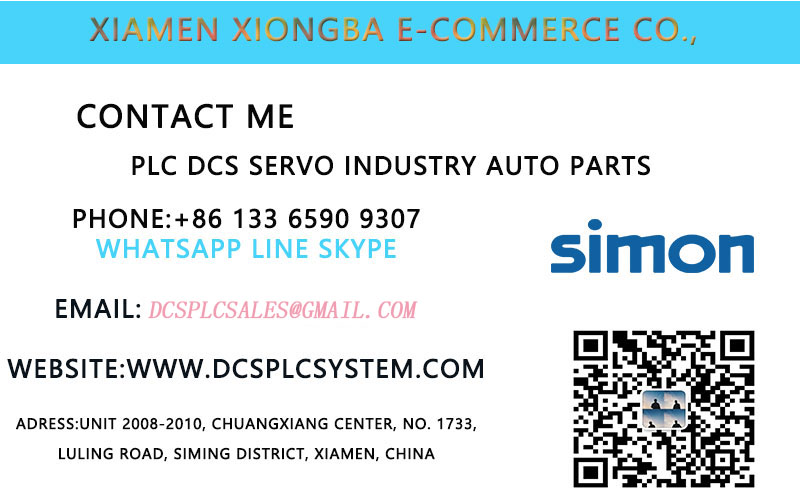Description
LWN1902-6 High Safety Sensors
Firmware version 1.5 of the LWN1902-6 features dual-axis analogue servo control, allowing one or two third-party amplifiers to be controlled using 10 VDC analogue speed or torque commands. The Motion Module controls four axes, and with this upgrade, each module can use two of these axes as third-party servos. Mixing FANU and analogue axes on the same PAP motion module is also supported. Programmed access to the event queue allows the machine operator to obtain diagnostic/troubleshooting information on the operator interface.
Since the customer needs access to the most recent event/error sequence, not the last axis or module error, this enhancement allows the user to access the event queue data directly from the programme without having to access it through the machine version of the project on a PC. Saving the chronological order of events helps the user to determine the exact sequence of events that led to an error or machine shutdown. By accessing this real-time sequential event data, machine or line stops can be diagnosed more quickly, thereby increasing machine uptime and improving productivity.
The cam load data feature allows accurate positioning of all master axes relative to the current position of the master prior to machine start-up without having to use the master to synchronise with the master axes. Ensuring accurate synchronisation reduces product scrap and increases throughput early in the production run. The new cam exit distance feature improves the flexibility of cam profiles by allowing the cam profile to control the exit along the profile path at a predetermined master position. Taking a cam out of the cam before the end of the profile provides greater dynamic control flexibility to respond to machine or line events, such as jamming or product changeovers, preventing additional production downtime for lost product.











